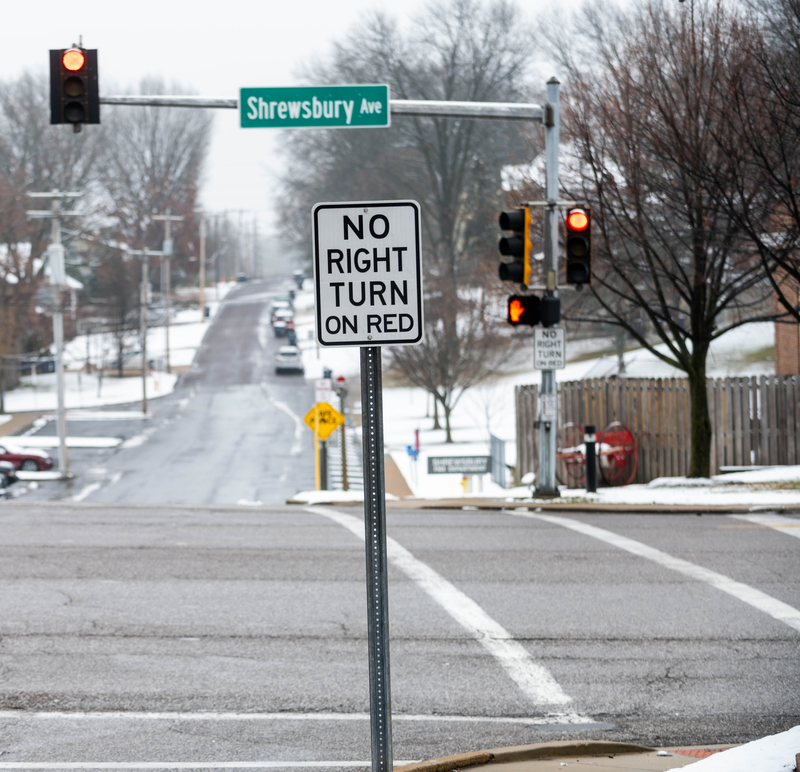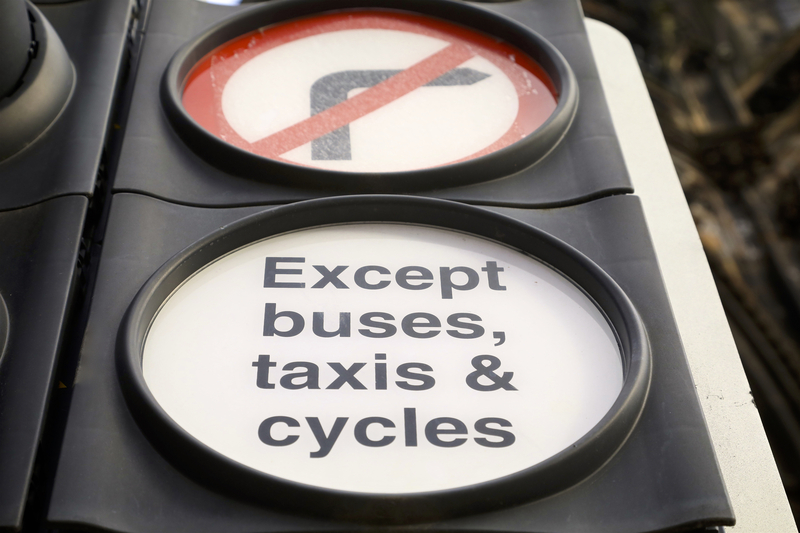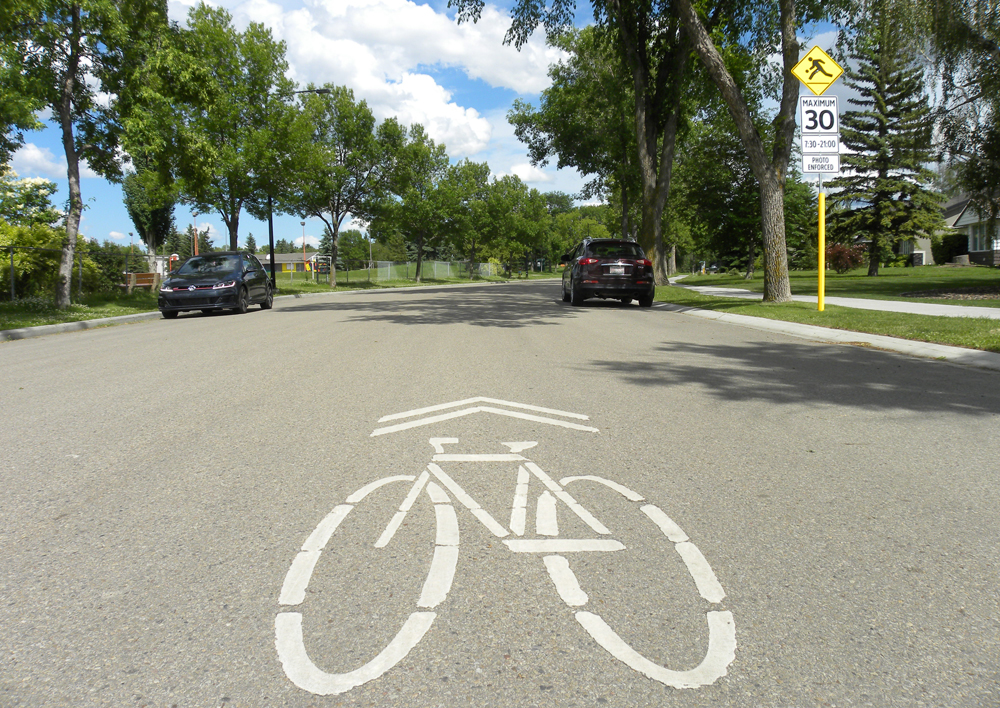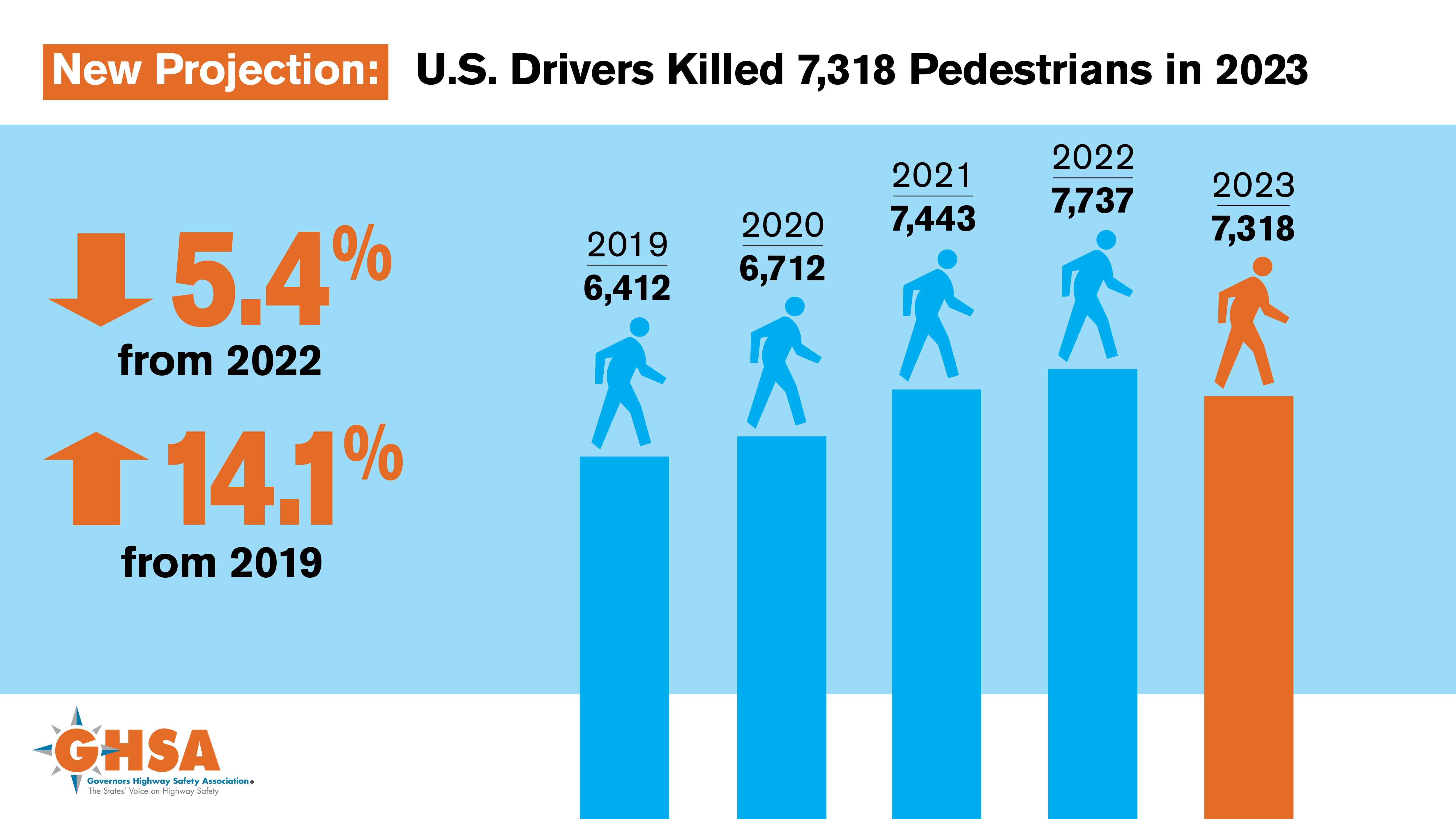
Drivers negotiating a right turn on a red light, after coming to a complete stop, now need to be much more aware of street movements than they were 30 years ago. With all this urban mobility going on, has the day come to disallow turning right on a red light for safety reasons?
Many city authorities and regional transportation agencies say yes, the time it right. But it is an emotional topic to many alternative mobility users and vehicle drivers. It is emotive for pedestrians and cyclists who have either suffered injuries by a right-turning car or had a near miss where the driver hadn’t even noticed what could have happened. Meanwhile, some advocacy groups for protecting the rights or drivers claim it is just another do-good move by city authorities, many of which want to punish people for using their vehicles.
In cities, often where separated cycle lanes run parallel to a traffic lane, a right turn is forbidden until the vehicle has a green light. Priority must then be given to the pedestrian or cyclist. In some cases, the right turn lane will also have its own traffic light to hold the driver to a red light while the straight-ahead traffic has turned green light.
The capital Washington DC is on the growing list of US cities reportedly trying to ban, or which already have banned, right-hand turns on a red. In October 2022, the city passed the Safer Streets Amendment Act of 2022 covering many areas of traffic safety, of which turning right on a red was only one. However, the ban, slated to come into effect in 2025, will prohibit the turns on around 50 city centre intersections.
Media reports at the time noted that Colin Brooke, a director of Washington Area Bicyclists Association, said it was for the safety of pedestrians. Also, the city’s transportation department will evaluate which intersections will be affected by the ban when it is due to come into effect.
In the US state of Michigan, the city of Ann Arbor recently banned the turn at around 50 busy city centre intersections close to a large University of Michigan campus. The city council noted that between 2017 and 2021 there were 90 road incidents involving pedestrians in the area.
Meanwhile, in New Yor City, it is illegal to make a right turn when the traffic light is red, except at certain intersections on Staten Island. These intersections have a sign that reads right turns are actually allowed.
Analysis
One city in particular has attempted to analyse the effects of a ban. A report late last year by the SFMTA – San Francisco Municipal Transportation Agency – noted that turn-on-red crashes account for less than 1% of all injury crashes, but 20% of pedestrian or bicycle related injury crashes involving turning drivers at signalised intersections. In Fall 2021, the SFMTA posted No Turn On Red signs at more than 50 intersections in the Tenderloin area of the city centre.
Findings from the SFMTA’s before/after study showed that No Turn on Red restrictions can keep crosswalks clear and reduce close calls on major intersections. On average, 92% of vehicles comply with the ban. Close calls for vehicle-pedestrians incidents have decreased from five before no-turn signs were posted to one close call after restrictions were in place at observed intersections. Vehicles blocking or encroaching onto crosswalks on a red signal has been reduced by more than 70% after the restriction was implemented.
Based on these results, San Francisco is looking to expand the ban.
The national Governors Highway Safety Association has reported that over 7,500 pedestrians were killed by vehicles in 2022, the highest number since 1981. However, there is a lack of data about how many people are injured and killed specifically by a driver turning right on a red. Also, just as more mobility alternatives are being seen in inner cities, there is increase in the number of bigger vehicles. Pick-up trucks are now more often an urban domestic vehicle that a working truck trundling around rural roads. As well, more SUVs - sports utility vehicles, are on the roads. This has been mooted as cause for the increased deaths.
The Insurance Institute for Highway Safety, based in the US state of Virginia, found that in the US the chances that a pedestrian being killed when hit by a vehicle turning right were 89% higher if the vehicle were a pickup truck and 63% higher if it were an SUV rather than a small traditional domestic vehicle. Importantly, it noted, the driver of a pickup or an SUV likely has larger blind spots than a driver in a smaller traditional urban vehicle.
“While recent studies of right-turn-on-red are limited, there are several studies from the 1980s and 1990s that indicate that RTOR is associated with increased crash risk with pedestrians, bicyclists and other vehicles,” says Joseph Young, a director with the institute. “A 1984 review of available research found that all right turning crashes increased by about 23% after intersections allowed RTOR, while pedestrian crashes increased 60% and bicyclist crashes increased by 100%.”
Young also points to a 1994 report from the National Highway Traffic Safety Administration that showed 84 fatal crashes happened from 1982-1992 involving right turning vehicles at an intersection where RTOR was permitted. Slightly less than half of these were pedestrians.

Research
Young acknowledges that he is not aware of research that has looked specifically at bike lanes in conjunction with RTOR. However, he says, regardless of right turns on a read, separated bike lanes are associated with a reduction in bicycle crashes. “IIHS research shows that how these lanes are designed is very important. Designs that minimise crossings and interactions with vehicle traffic are associated with lower crash and fall rates. Where there are crossings, designers need to be careful to implement adequate signage and visibility.”
Importantly, says Young, banning a right turn on a red is done by city authorities not in isolation of other legislation. “These bans are part of broader efforts to improve pedestrian safety and/or part of Vision Zero efforts (see italics at end of article) aimed at dramatically reducing crash deaths. Other tactics include lowering speed limits, implementing road diets, increasing use of automated speed enforcement, especially in school zones and adding better pedestrian infrastructure,” he says.
“These efforts are in line with the (federal government’s) Safe System approach to roadway safety, which assumes that people are going to make mistakes. The approach builds in redundancies to reduce or limit the harm of these mistakes.”
Putting a ban in place won’t automatically get a green light from all city councillors. There is also likely to be a lot of push-back from various motoring organisations and pressure groups which remain adamant that there is still little factual evidence that a ban will reduce road injuries and deaths. The National Motorists Association (NMA) in the US was founded in 1982 to combat the 55mph national maximum speed limit, is one such membership organisation. It says it continues “to support efforts to retain motorists’ freedoms and rights”. It supports “traffic laws based on sound engineering principles and public consensus — not political agendas”.
Jay Beeber, executive director of policy for the NMA, has questioned whether a ban would adding to the safety of drivers and mobility users and pedestrians. He says banning a right-on-red adds fuel costs from idling at red lights and increases time spent by the driver in traffic, adding to congestion. Beeber also says that data from a study the association conducted did not find a ban would make things safer.
The debate about the rights and wrongs of a right turn remains complex, explains Jon Baldwin, executive vice president for government solutions at Verra Mobility, a provider of safe mobility technologies and smart transportation solutions, based in the state of Arizona. The discussion has been around for decades since the turn was first allowed in the US in the 1970s and seems to cycle through the political scene every couple of years.
“One of the arguments I’ve heard for not allowing right-on-red is because of the increased number of distracted drivers – which seems to be a growing concern in every corner of the globe,” he says. “So then the problem isn’t really about turning on red. It’s about changing driver behaviour to be more alert.”
Verra Mobility recently surveyed 2,000 Americans about their thoughts on driver behaviour. The average driver is worse now than before the pandemic, according to 54% of respondents, and 40% of respondents said they feel less safe on the roads. “These numbers show that Americans have bigger safety and traffic concerns today than ever before.”
To this end, Baldwin believes safety shouldn’t be a political football. It should be about prioritising the safety of everyone who uses roads. “That’s where technology can and should come into play,” he says.
“From a technology perspective, it’s not about whether someone should be allowed to turn right-on-red. It’s about the safety solution options on both sides of the argument. We have the capability to satisfy the needs of the individual city, state or customer - whatever enforcement type a jurisdiction prefers.”
For example, Baldwin points to Verra Mobility data from 2022 that shows that 4.4 million drivers ran red-lights. But of those who were fined, nearly 70% did not receive a second violation, proving that technology safety solutions change driver behaviour. “Instead of asking if we should allow right-on-red, we should ask how the technology can be adapted to change the behaviour that results in the negative outcomes of turning right-on-red,” says Baldwin.
Customers are asking for solutions to a multitude of safety concerns and enforcing a ban on turning right is just one of many. “The great thing about evolving technology and machine learning is that we no longer have to solve one problem at a time. Instead, technology can be used to solve a multitude of problems in one location.”
Meanwhile, the debate continues. Baldwin believes that what’s right for one community isn’t going to solve the problems of another. “This is an issue for individual communities to figure out,” he says “I don’t see how doing a blanket ban - or on the contrary, mandating all cities to allow for this type of turn – is going to solve the core safety issue. What has been proven to work is safety enforcement solutions.”
Vision Zero – Safe System
Vision Zero as a strategy was first adopted by the Swedish parliament in 1997. The aim was to eliminate pedestrian deaths by improving road and infrastructure design with a focus on safety. The strategy has been taken up by the US Department of Transportation’s Safe System Approach, which is an acknowledgement that humans will make mistakes. It is the job of engineers and planners to design public spaces that reduce the potential for severe injuries and fatalities.
The Safe System Approach is basically a template for improving safety by mitigating risks inherent in large and complex transportation systems. According to the Department of Transportation, it works by “building and reinforcing multiple layers of protection to both prevent crashes from happening in the first place and minimise harm caused to those involved when crashes do occur”.
The shift is away from a conventional safety approach because it focuses on both human mistakes as well as human vulnerability and designs a system with many redundancies in place to protect everyone. In support of this approach, safety programmes focus on infrastructure, human behaviour, responsible oversight of the vehicle and transportation industry and emergency response.
But Vision Zero remain elusive for many cities. San Francisco has been working on a Vision Zero strategy since 2014 – and spent hundreds of millions of dollars revamping it intersections, setting out bike lanes, improving pedestrian signals and daylighting intersections - moving visual obstructions in approaching intersections so users can better see and more safely cross each other's paths. The aim is to slow traffic and prevent vehicles colliding with pedestrians and cyclists. Despite San Francisco’s efforts, in 2023, the city had 25 people killed in traffic crashes; in 2014 it was 35. In 2022, 39 people were killed in collisions.










